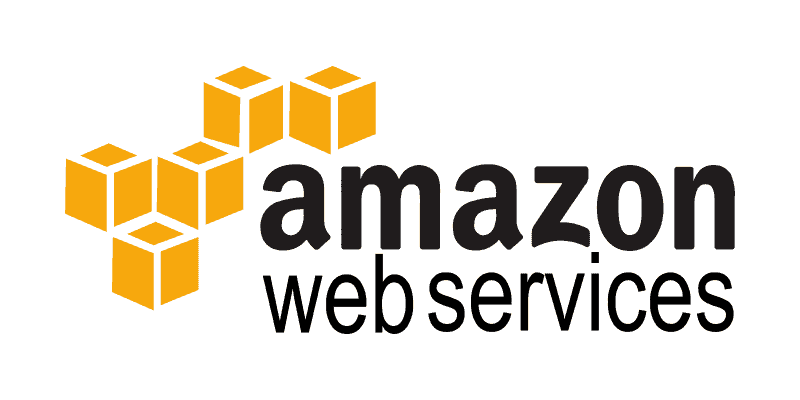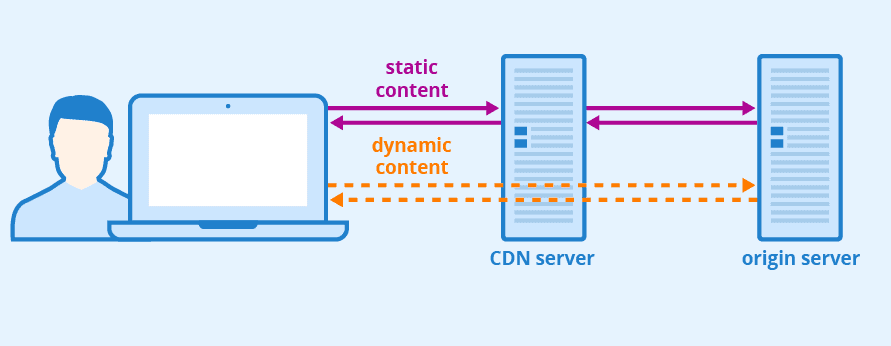Today, the gradual increase in over-the-top a.k.a. OTT has had an impact on the TV broadcasting ecosystem due to the now diverse demands on the consumption of multiple screen video content. Also, using mobile applications for viewing devices and adjusting the content delivery network ( CDN) brings all digital files at lightning speed to its user. This will not lead to any interruption anywhere in the world.
In this article, we will present a background on the transcoder CDN as well as the latest video, audio streaming, and download options worldwide.
OTT – The Beginning of the Digitalization
As it becomes a mainstream service for its subscribers, a lot of broadcasters are trying to provide it. OTT ‘s success usually depends on the decoding, encoding, and transcoding features that support multiple viewing formats, especially on all devices.
On the other hand, video transcoding includes streaming and compression procedures that most operators are trying to improve. Most providers are trying to develop efficiency in H.265, UHD/4 K, and HEVC video encoding to build their huge viewer base.
This means that consumers are asking for;
- Compression of multi-formats
- Experience with multi-screen viewing
- And multi-device support
Such three ( 3) are the key to performance, and both require high-performance CDN transcoders to remain competitive and to achieve success with CDN business models.
Throughout the technical step, video transcoding is the encoding process, which involves the conversion of a video file from a different format. This factor is essential to make it compatible with any operating system and various devices.
What is Video Transcoding?
This is the primary technology behind OTT’s success. An efficient transcoding technology can resolve webcast and webinar bandwidth and video transmission interference by defining adaptive formats, bitrates, and frame sizes.
If you think about streaming media, maybe some of you fall into one of the two below camps.
- Maybe you know something about transcoding.
- You’re wondering why you always hear about it.
Well, let’s see how we’re going to delve into more!
Transcoding That Change Everything!
Transcoding is used to refer to many digital media tasks as an umbrella term.
Content transcoding, or digitally converting formats from one another that are suitable for many terminal stations. For example, you can change the audio or video format. The codec for streaming can be upgraded from MPEG2 to H.264 video and AAC audio. Other core tasks may include logos, video graphics, and watermarks.
This also has departments that are responsible for the following:
- It has a workflow to distribute content.
- Incoming Files for Editing
- Will make your content available for any purpose.
Translating usually refers to changing bitrates. You take 4 K video input streams at 13 Mbps, for example. You might want to convert to one or lower streams of bitrate.
Translating refers to the re-sizing of the video frame. Let us tell it from a resolution of 3840 px by 2160, from 1080 to 1280 to 720 px to 1920.
Now, when transcoding this, refer to any combination of the tasks mentioned above. The video conversion is quite intensive, as it requires powerful hardware resources such as faster CPUs or graphics acceleration capabilities.
Fiber Optics Network
Some infrastructure has a 100% uptime fiber-optic network. More than 250 video editing sets are connected to the central storage, recording, final output, or even playout facilities. There are also other infrastructures ready for future technological advancements. Once it comes to feed and streaming, some of them have their master control room that allows you to connect directly to the Internet, whether national or international hubs. Many centers provide 24-hour streaming facilities and multiple channels.
Thus, some providers ensure that the content can be viewed and delivered to broad audiences. There are apps built to reach the public quickly, even on apps such as Apple iTunes, Microsoft Xbox, Sony Playstation, YouTube, Hulu, etc., on any smartphone they have.
The background to the needs of customers
In particular, the demand for quality of viewing experience increases in the selection of content. This could be costly, as a result, for operators or providers to deploy intelligent transcoding devices that enable live streaming devices, and possibly IPTV functions in different types of mobile Internet, such as smartphones, PCs, TVs or tablets. The mere fact that video transcoding hardware effectively implements video decoding and encoding accelerates GPU-related functions as well as appears in a modular scalability design.
There was a North American provider delivering an x86 smart video transcoding platform for video streaming and encoding. It also enhances the performance of video services as well as OTT or IPTV.
Here we provide you with the requirements for better video delivery.
High-Quality Performance of Server-grade Processor
This is needed to perform quality as video encoding, and transcoding consumes a huge amount of bandwidth.
Requires configuration of the module
This transcoding requires that all types of input/output ports, such as 10GbE in the RJ-45, are provided for several video sources, the coaxial cable port or fiber. This modular design offers scalability and infrastructure building capability while reducing costs for OPEX and CAPEX.
Conclusion
As a provider, we protect intellectual property from infringement by any third party. Essentially, the person who wants to view your content must be authorized or authorized to access it. This means that your content is stored and distributed correctly – it is in an encrypted format and will only be accessible if the user has permission to access it.
We also have the knowledge and experience in content preparation (CDN) quality control, delivery, file handling, and certification and expertise of OTT platforms. For more details, please visit our website and contact us.











Leave a Reply